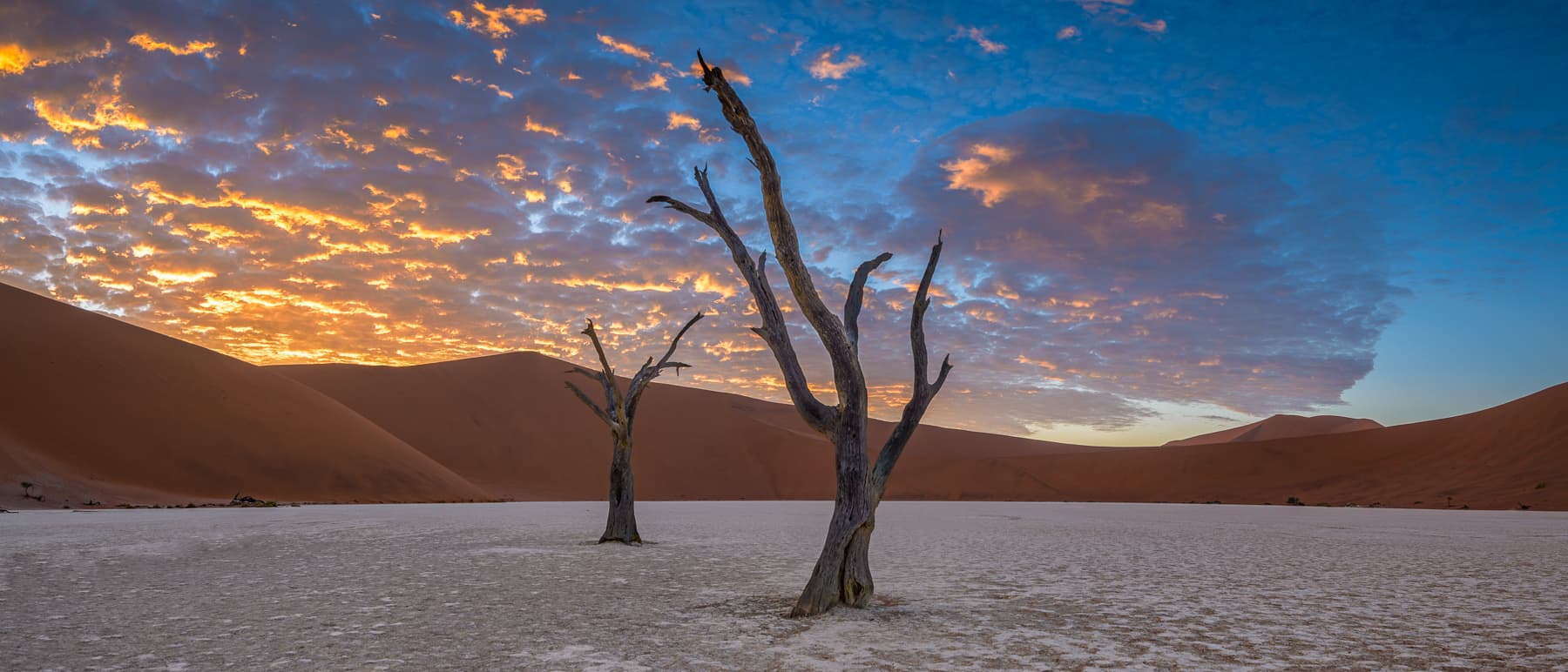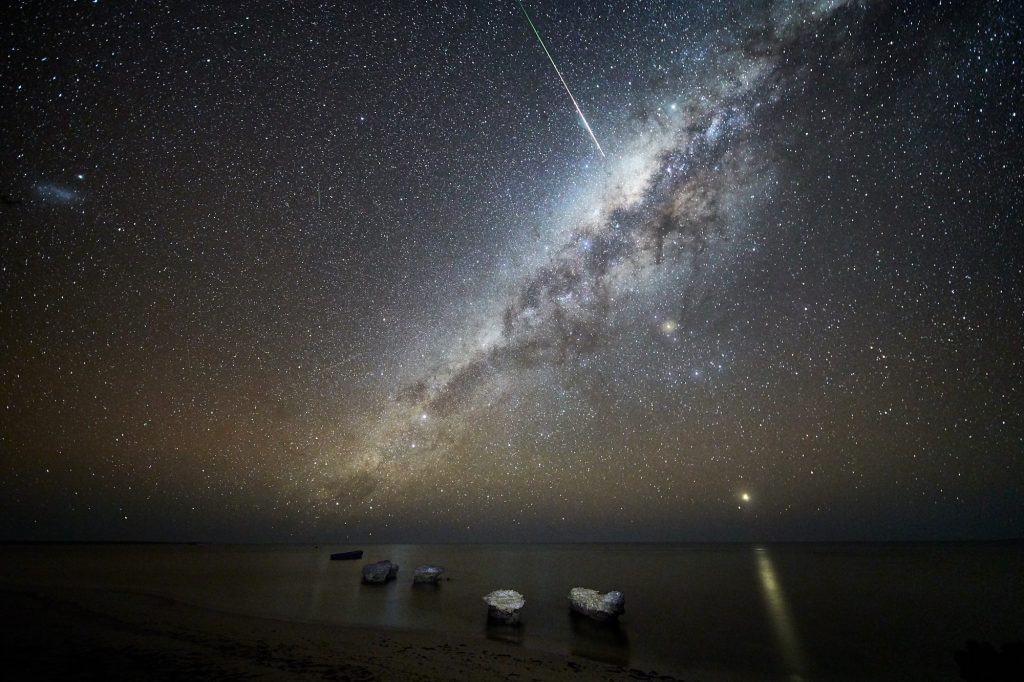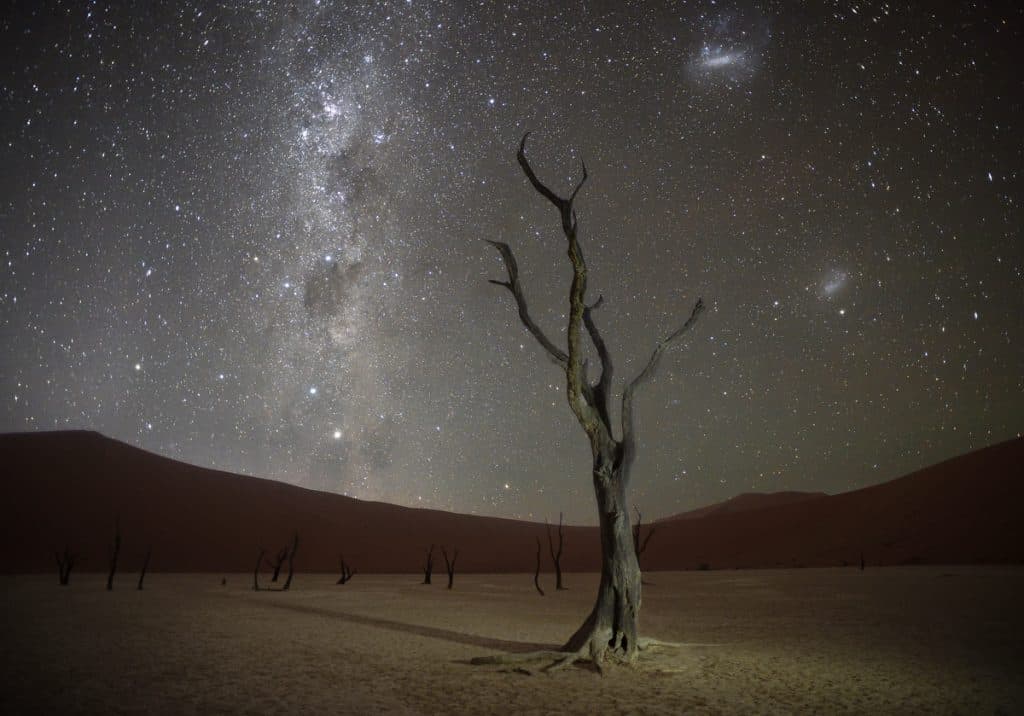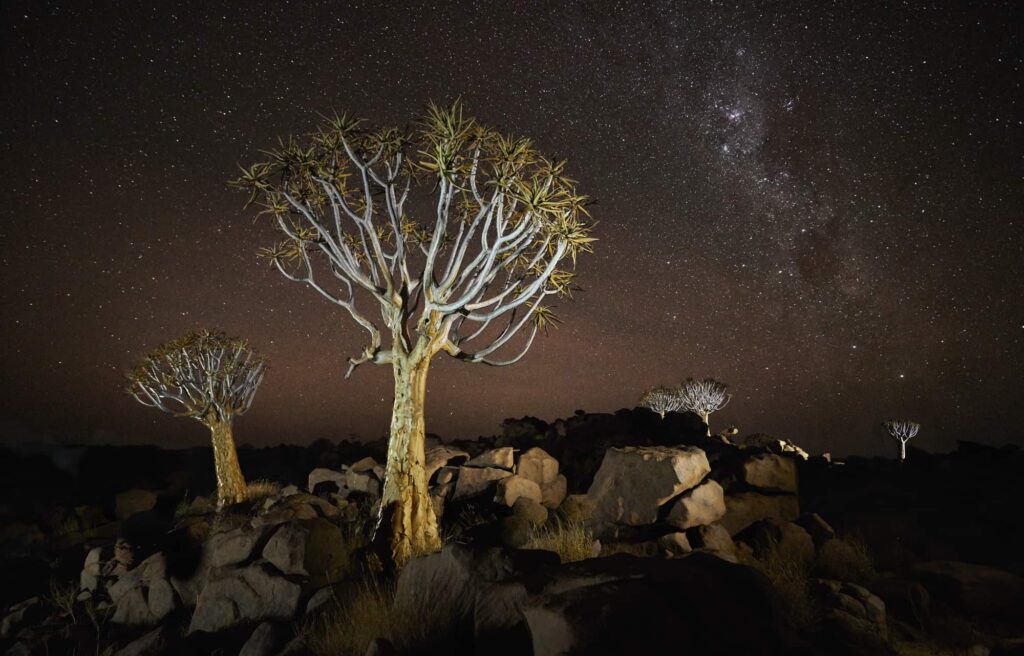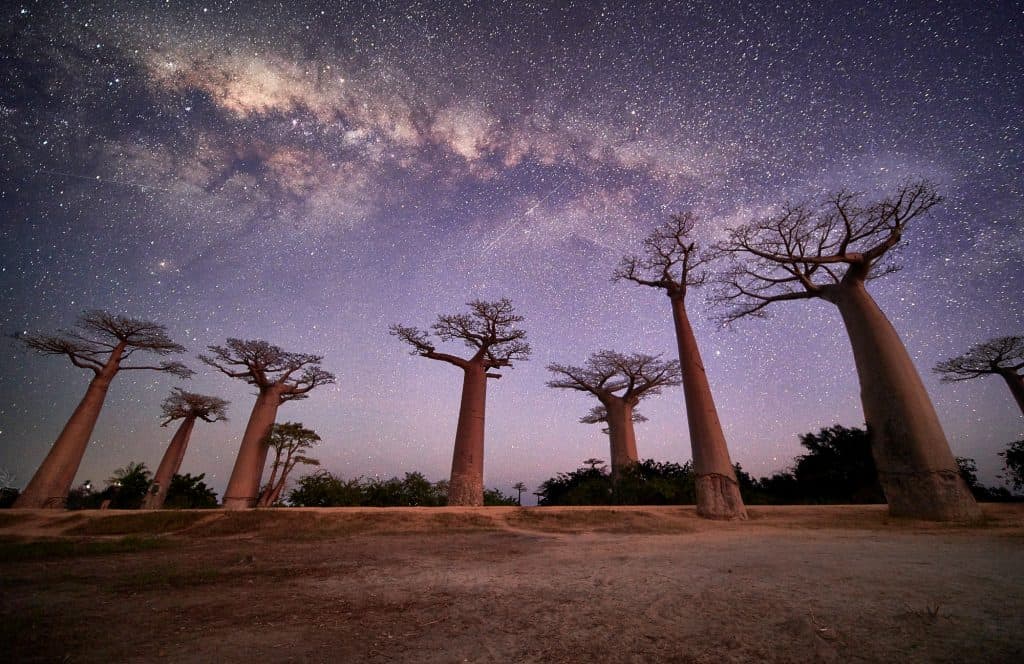MASTERING PERFECT PICTURES AT NIGHT TO CAPTURE THE SKY & THE MILKY WAY
Astrophotography, the practice of photographing objects in the night sky, is a hugely enjoyable and highly rewarding experience. Photographers at every level can enjoy this particular method of examining the celestial bodies, and the resulting images can be magically stunning. An expert at astrophotography, photographer Emil von Maltitz, who guides our Namibia Landscape Photography Workshop, shares his wisdom on the topic with us.
Night sky photography has interested me for quite some time, even back when I was shooting film. Prior to digital, photographs of the night sky tended to be long exposure images, lasting several hours even, since we didn’t have the phenomenal low-light capabilities of today’s digital cameras. Even then we were able to use the camera to visualise the world in a way that the naked eye simply cannot. Now, with the imaging potential of high ISO, we are able to see the universe beyond our own earth in a way that quite literally stuns me every time I look at the images. It allows us to see, and therefore, imagine things that were hard to comprehend let alone visualize. I think people that see astro photographs for the first time are genuinely awed by what is out there, and I hope that gives them a greater appreciation of their own surrounding environment (being faced with the enormity of the universe and of our own infinitesimally small place in it does that to one).
Astrophotography can literally be done anywhere! I personally prefer shooting the night sky in wilderness spaces as there is less light pollution so there is a brighter Milky Way (and I am drawn to photographing wilderness in any case), but light pollution can lend itself to certain images as well. My personal favourite location at the moment is Namibia’s deserts. With towns spaced so far apart and with such a small population, it really is one of the few places I have been where there is virtually no light pollution. The sense of vastness is compounded by the eerie silence of the desert at night.
Some Astrophotography Tips: Mastering perfect pictures at night to capture the sky and the milky way
1. Get hold of a wide, fast aperture, lens. Manual focus lenses are easier to work with, but the modern zooms are of excellent quality. The biggest problem is getting the focus right as modern autofocus lenses focus beyond infinity. You can use a decent lazer pen and focus on it being shone on a foreground object, or you can try test shots until you get the focus perfectly on the stars themselves. Either way, switch the camera to manual focus as the autofocus system simply cannot pick up enough contrast to be able to focus on the stars (or the foreground if it is already dark).
2. Shoot at a high ISO of between 1600 to 6400 with an aperture between f4-f2 for astro images and a smaller aperture of about f5,f6 and lower ISO of around 400 for star trails (every shot is different though depending on the brightness of the sky). Then, use a dedicated intervalometer (or buy one of the excellent Triggertrap kits for your smart phone) for star trails as it saves a lot of effort and frustration (although this also requires the use of Photoshop for combining the images into a star trail), and of course, always shoot in RAW.
3. Remember that the usual considerations for composition come into play despite the fact that the image is shot at night and predominantly of the sky. A strong foreground can still make or break the image. I also use ‘The Photographer’s Ephemeris’ phone app to work out where the Milky Way will be at night in order to previsualize a composition which balances the stars with a foreground.
CHECK OUT OUR NAMIBIA LANDSCAPE PHOTOGRAPHY WORKSHOP, RUN BY EMIL VON MALTITZ!
All images by Emil von Maltitz.
Keen to give star photography a go? Please do share your images with us at info@pendaphototours.com.
You may also be interested in checking other photography workshops. Here are some of them:


